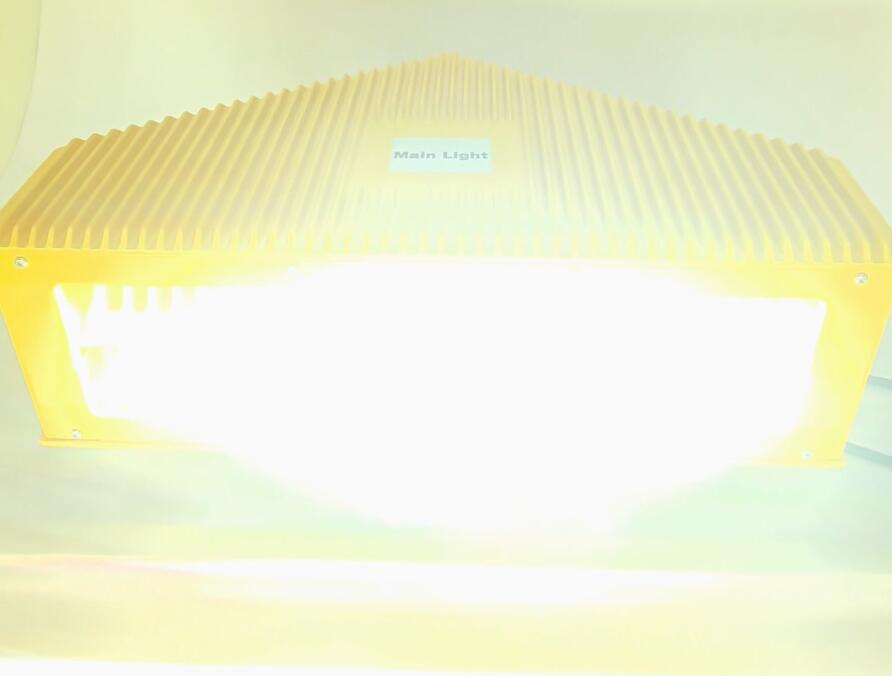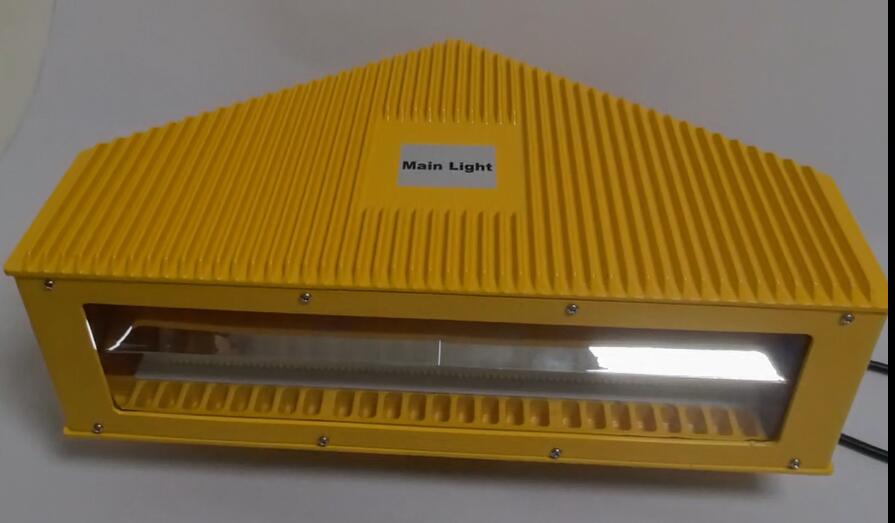The obstruction lighting system is an indispensable safety measure that plays a crucial role in preventing potential accidents and ensuring the smooth operation of aviation.
These systems are designed to mark and illuminate tall structures or objects that could pose a threat to aircraft. They act as visual indicators, alerting pilots to the presence of obstructions and allowing them to navigate safely through the airspace.
| LI | MI |
| Obstruction Lighting System | HI |
One of the primary functions of an obstruction lighting system is to increase visibility during low-light conditions or adverse weather. Whether it's a foggy night or a stormy day, these lights ensure that obstacles such as communication towers, smokestacks, and large buildings are clearly visible to pilots.
Take, for instance, a wind turbine farm. The turbines are often located in areas with open skies, but their height can pose a significant hazard to aircraft. An effective obstruction lighting system on these turbines provides clear visual cues, helping pilots avoid a potential collision.

The design of an obstruction lighting system is highly regulated to ensure uniformity and effectiveness. Lights are typically placed at strategic points on the obstruction to provide 360-degree visibility. Different colors and flashing patterns are used to convey specific information.
For example, steady red lights might indicate the top of an obstruction, while flashing white lights could mark the sides. This standardized approach helps pilots quickly and accurately interpret the nature and location of the obstruction.

The technology used in these systems has advanced significantly over time. Modern obstruction lighting systems often incorporate energy-efficient LEDs that offer longer lifetimes and reduced power consumption. Additionally, remote monitoring capabilities allow for real-time assessment of the system's status, enabling prompt maintenance and repair if any issues arise.
Maintenance is a key aspect of ensuring the reliability of an obstruction lighting system. Regular inspections are necessary to check for damaged or malfunctioning lights, as well as to verify that the power supply and control systems are functioning properly.
In a busy urban environment, tall construction cranes also require obstruction lighting. Failure to install and maintain proper lighting on these cranes could have disastrous consequences, not only for aviation but also for ground safety.
The obstruction lighting system is a vital component of aviation safety infrastructure. Its importance cannot be underestimated, as it helps protect lives and property by preventing accidents caused by unmarked obstructions. By adhering to strict design and maintenance standards, we can continue to rely on these systems to safeguard the skies and ensure the safe passage of aircraft.